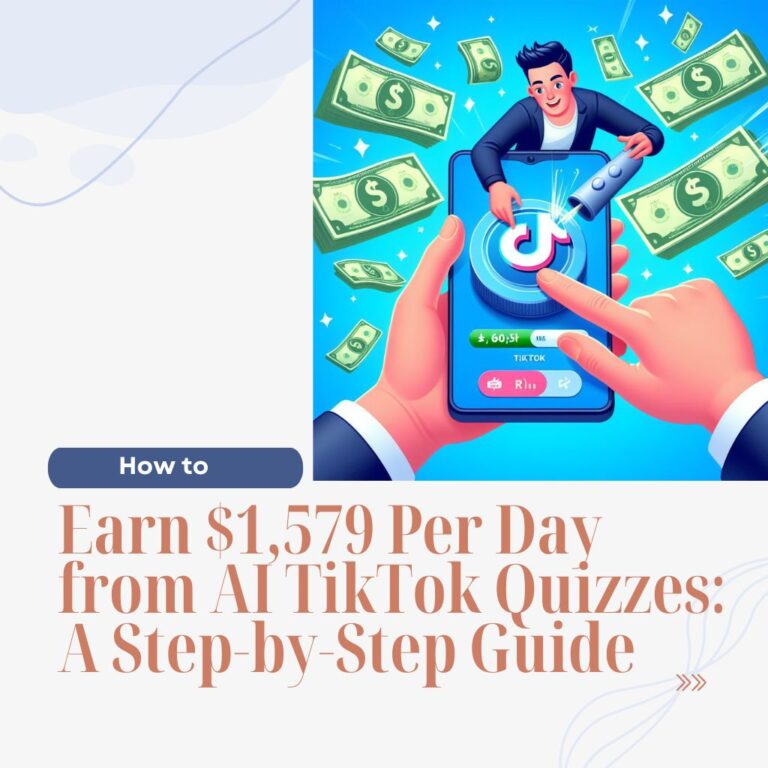How to Start a Side Hustle
How to Start a Side Hustle: A Step-by-Step Guide
In today’s economy, having a single source of income can be risky. That’s why more and more people are turning to side hustles as a way to supplement their primary income, pay off debt, or pursue their passions. A side hustle is a part-time job or business that you can work on in addition to your full-time employment. It offers flexibility, extra income, and the potential to turn it into a full-time venture. However, starting a successful side hustle requires careful planning and execution. In this blog post, we’ll guide you through the steps to start a side hustle that aligns with your skills, interests, and goals.
Start with Digital Real Estate a stable side hustle
Table of Contents
Step 1: Identify Your Skills and Interests
The first step in starting a side hustle is to identify your skills, interests, and passions. What are you good at? What do you enjoy doing in your spare time? Your side hustle should leverage your strengths and align with your interests, making it easier to stay motivated and engaged.
For example, if you have a knack for writing, you could explore freelance writing opportunities. If you’re a skilled photographer, you could sell your photos online or offer photography services. If you’re passionate about fitness, you could become a part-time personal trainer or offer online fitness classes.
Step 2: Research and Validate Your Idea
Once you’ve identified a potential side hustle idea, it’s crucial to research and validate its viability. Conduct market research to understand the demand for your product or service, analyze your competition, and identify your target audience.
Use tools like Google Trends (https://trends.google.com/) to gauge interest in your idea, and explore online forums and communities related to your niche to gather insights from potential customers. Additionally, consider conducting surveys or interviews with your target audience to better understand their needs and pain points.
Start with Digital Real Estate a stable side hustle
Step 3: Create a Business Plan
A well-crafted business plan can help you stay focused and increase your chances of success. Your business plan should include an executive summary, market analysis, product or service description, marketing and sales strategies, financial projections, and operational details.
While a comprehensive business plan may seem overwhelming for a side hustle, even a basic plan can help you clarify your goals, identify potential challenges, and develop strategies to overcome them.
Step 4: Set Up Your Legal and Financial Framework
Depending on the nature of your side hustle, you may need to register your business, obtain necessary licenses or permits, and set up a separate business bank account. Consult with a legal professional or visit your local Small Business Administration (SBA) office (https://www.sba.gov/) for guidance on the legal requirements in your area.
Additionally, consider setting up a system for tracking your income and expenses, as well as paying taxes on your side hustle earnings.
Step 5: Build Your Online Presence
In today’s digital age, having an online presence is essential for any business, including side hustles. Create a website or an online portfolio to showcase your products or services. You can use platforms like WordPress (https://wordpress.com/), Wix (https://www.wix.com/), or Squarespace (https://www.squarespace.com/) to build a professional-looking website without coding skills.
Additionally, establish a presence on relevant social media platforms, such as Instagram, Twitter, or LinkedIn, to connect with potential customers and promote your side hustle.
Step 6: Market Your Side Hustle
Effective marketing is crucial for the success of your side hustle. Develop a marketing strategy that aligns with your target audience and leverages both online and offline channels.
Online marketing tactics may include search engine optimization (SEO), social media marketing, email marketing, and paid advertising on platforms like Google Ads or Facebook Ads. Offline marketing tactics could involve networking events, local advertising, or participating in trade shows or fairs.
Step 7: Manage Your Time Effectively
Balancing a side hustle with a full-time job or other commitments can be challenging. Effective time management is key to ensuring that you can dedicate enough time and energy to your side hustle without sacrificing your primary responsibilities.
Consider setting specific hours or days for your side hustle and creating a schedule that works for you. Additionally, prioritize tasks, batch similar activities together, and learn to say no to non-essential commitments that may distract you from your goals.
Start with Digital Real Estate a stable side hustle
Step 8: Continuously Improve and Adapt
Starting a side hustle is an ongoing process of learning, adapting, and improving. Regularly evaluate your progress, track your metrics, and gather feedback from customers or clients. Use this information to identify areas for improvement and adjust your strategies accordingly.
Stay up-to-date with industry trends, explore new marketing channels, and continuously refine your products or services to meet the evolving needs of your target audience.
Step 9: Consider Scaling or Going Full-Time
If your side hustle becomes successful and profitable, you may consider scaling it or turning it into a full-time business. This decision should be based on careful consideration of factors such as market demand, financial stability, and your personal goals and priorities.
Scaling a side hustle may involve hiring additional help, expanding your product or service offerings, or exploring new marketing channels. Alternatively, if you decide to pursue your side hustle full-time, develop a solid transition plan to ensure a smooth shift from your current employment.
Starting a side hustle can be a rewarding and lucrative endeavor, but it requires dedication, perseverance, and a willingness to learn and adapt. By following these steps and consistently putting in the effort, you can turn your side hustle into a successful and fulfilling venture.
Useful Links:
- Upwork– A freelancing platform for finding remote jobs and clients
- Fiverr– A marketplace for freelance services in various categories.
- Etsy – An online marketplace for handmade and vintage items.
- Skillshare – A platform for creating and selling online courses.
- Shopify – An e-commerce platform for building and managing online stores.
- HubSpot Academy – Free online marketing courses and certifications.
- Canva – A graphic design tool for creating visuals and marketing materials.






